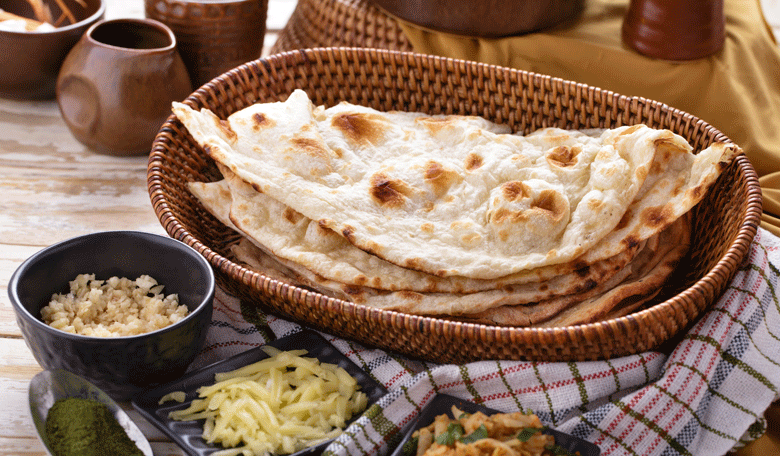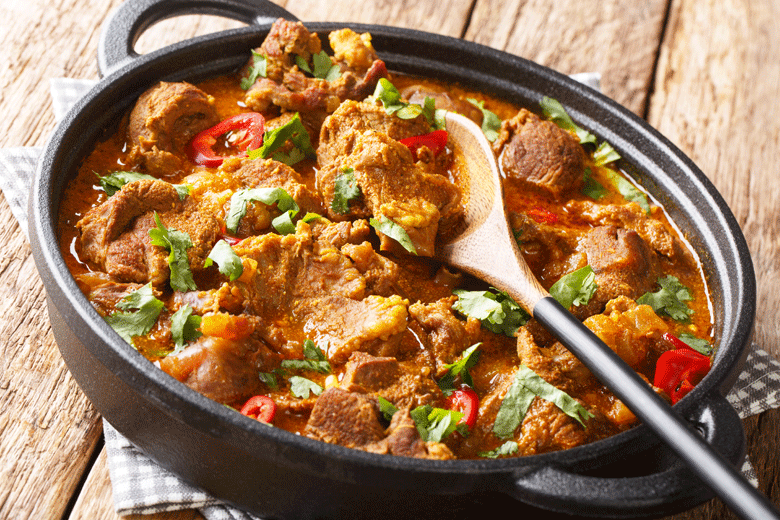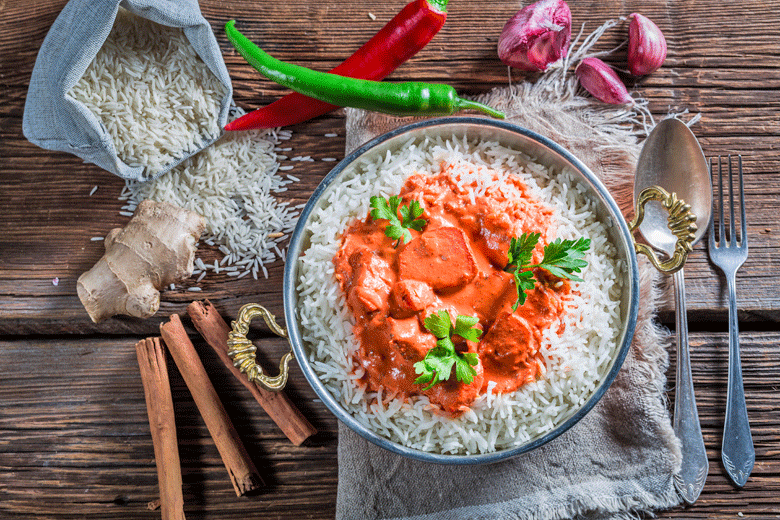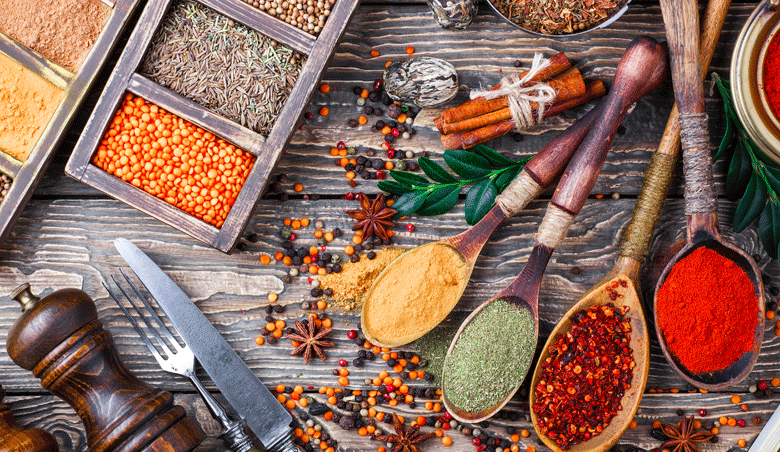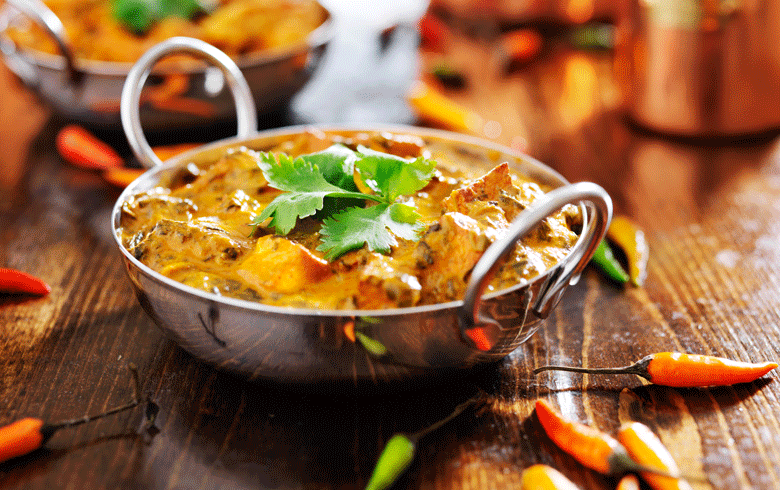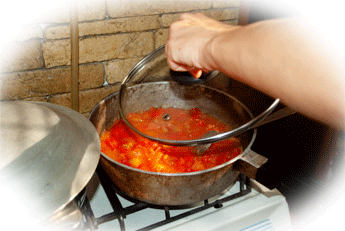
Ignite Your Valentine’s Day
Are you looking to have a Valentines day this year that will impress your Chilli lover better half ? Look no further. In the world of culinary delights and epicurean adventures, there exists a hidden gem capable of reigniting the flames of passion and injecting your Valentine’s Day with an enticing zest—chillies. These vibrant peppers, famed for their fiery heat and intricate flavours, possess the ability to elevate everyday meals into extraordinary encounters, but their magic stretches far beyond mere cuisine. With their aphrodisiac qualities a nd sensory charm, chillies provide a unique avenue to ignite the spark of romance and add a flavourful twist to your love life in unexpected ways on this special day dedicated to love.
nd sensory charm, chillies provide a unique avenue to ignite the spark of romance and add a flavourful twist to your love life in unexpected ways on this special day dedicated to love.
Envision a romantic Valentine’s Day dinner date, bathed in the soft glow of candlelight, where every dish is infused with the subtle heat of chillies. As you and your partner exchange lingering glances across the table, the spicy flavours act as a symbol of the passion simmering between you, injecting an element of excitement and adventure into your theme evening.
So, if you’re seeking to kindle the flames of passion and infuse your Valentine’s Day celebration with a touch of spice, look no further than the unassuming chilli. Whether enjoyed in the kitchen or savoured during an intimate dinner, chillies possess the power to transform ordinary moments into extraordinary experiences, leaving you and your partner yearning for more.

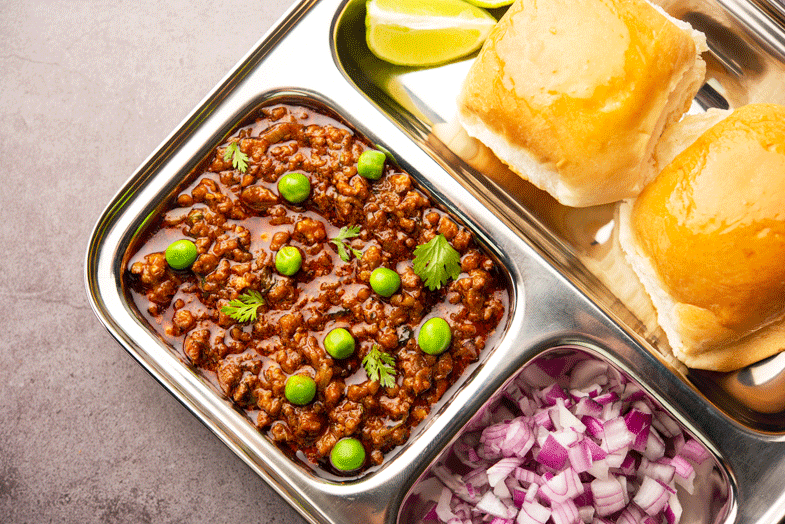 Popular street food
Popular street food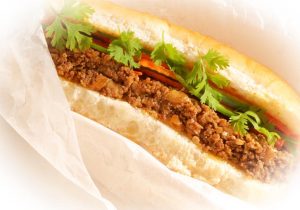
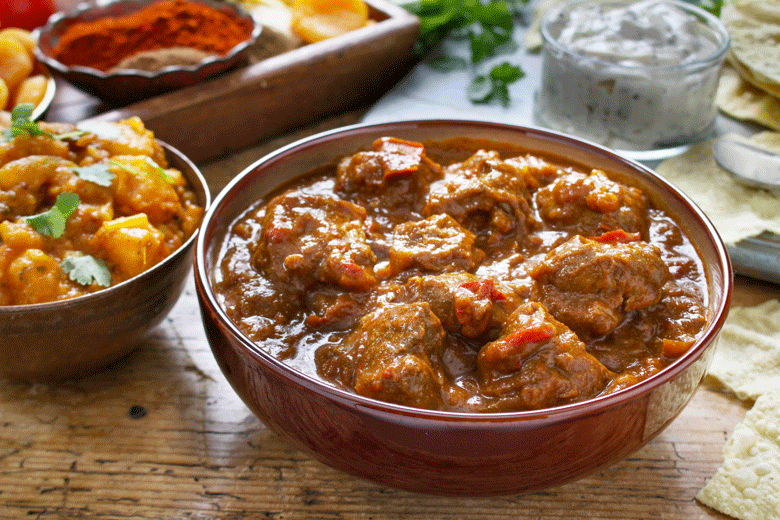
 were known for their lavish and flavourful
were known for their lavish and flavourful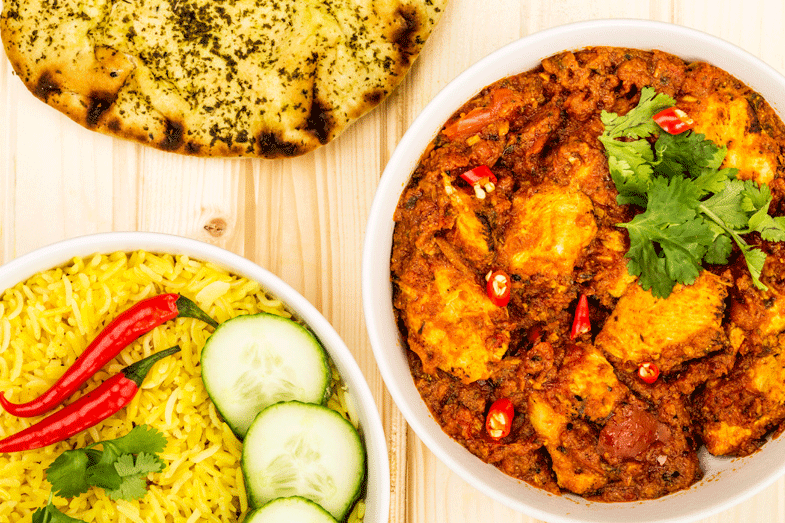 Bold and robust flavour
Bold and robust flavour with layers of complexity and depth, making every bite an adventure in taste.
with layers of complexity and depth, making every bite an adventure in taste.
